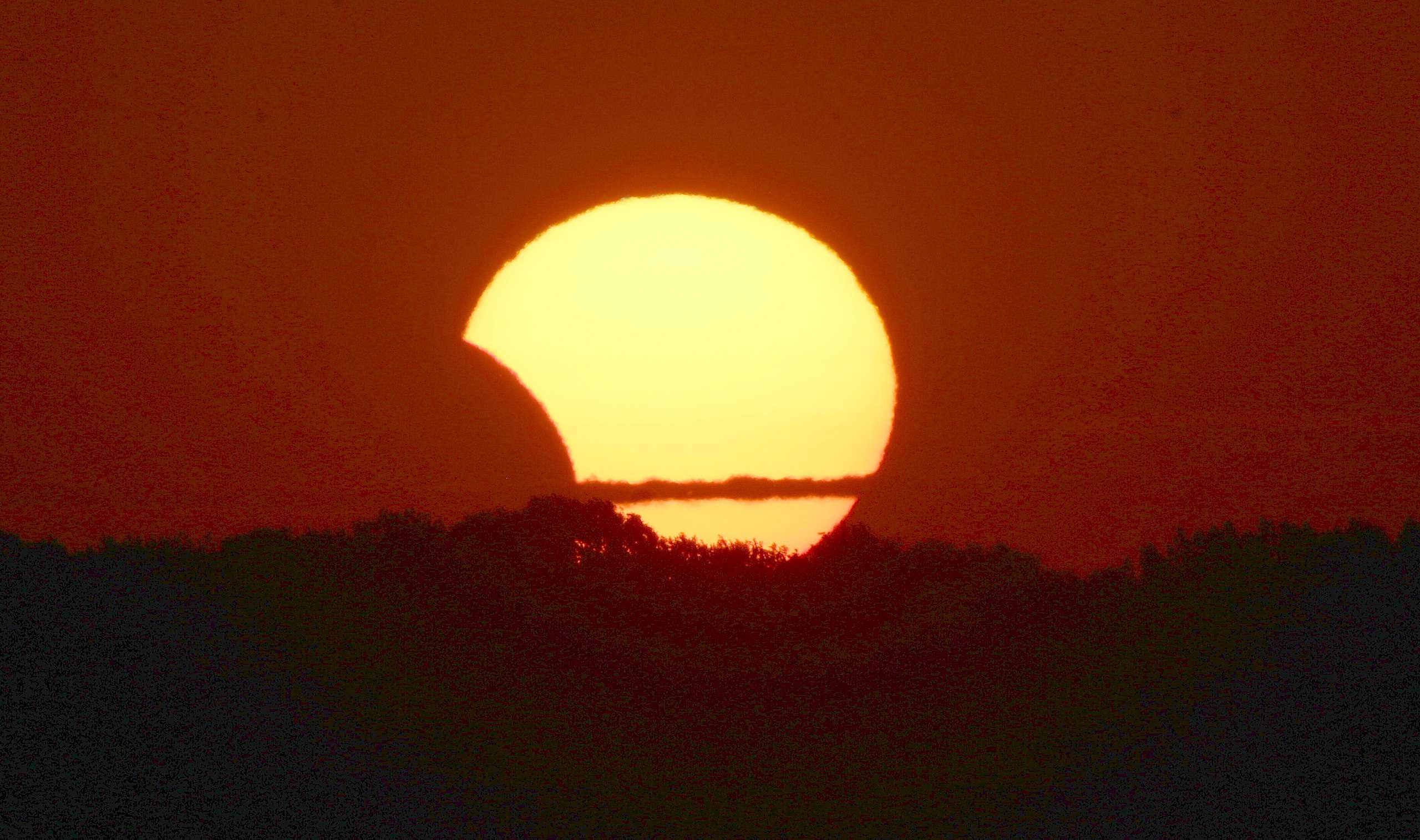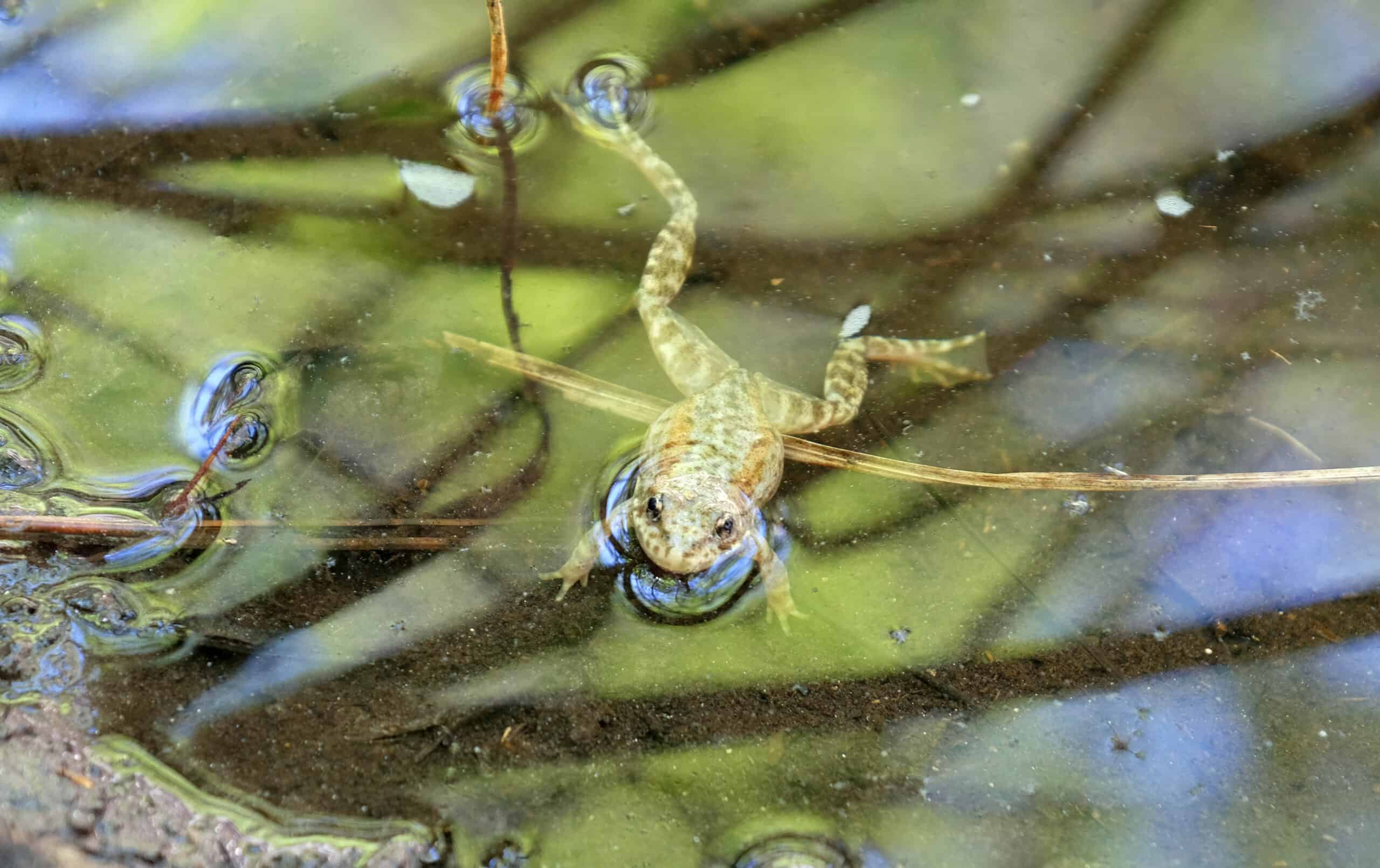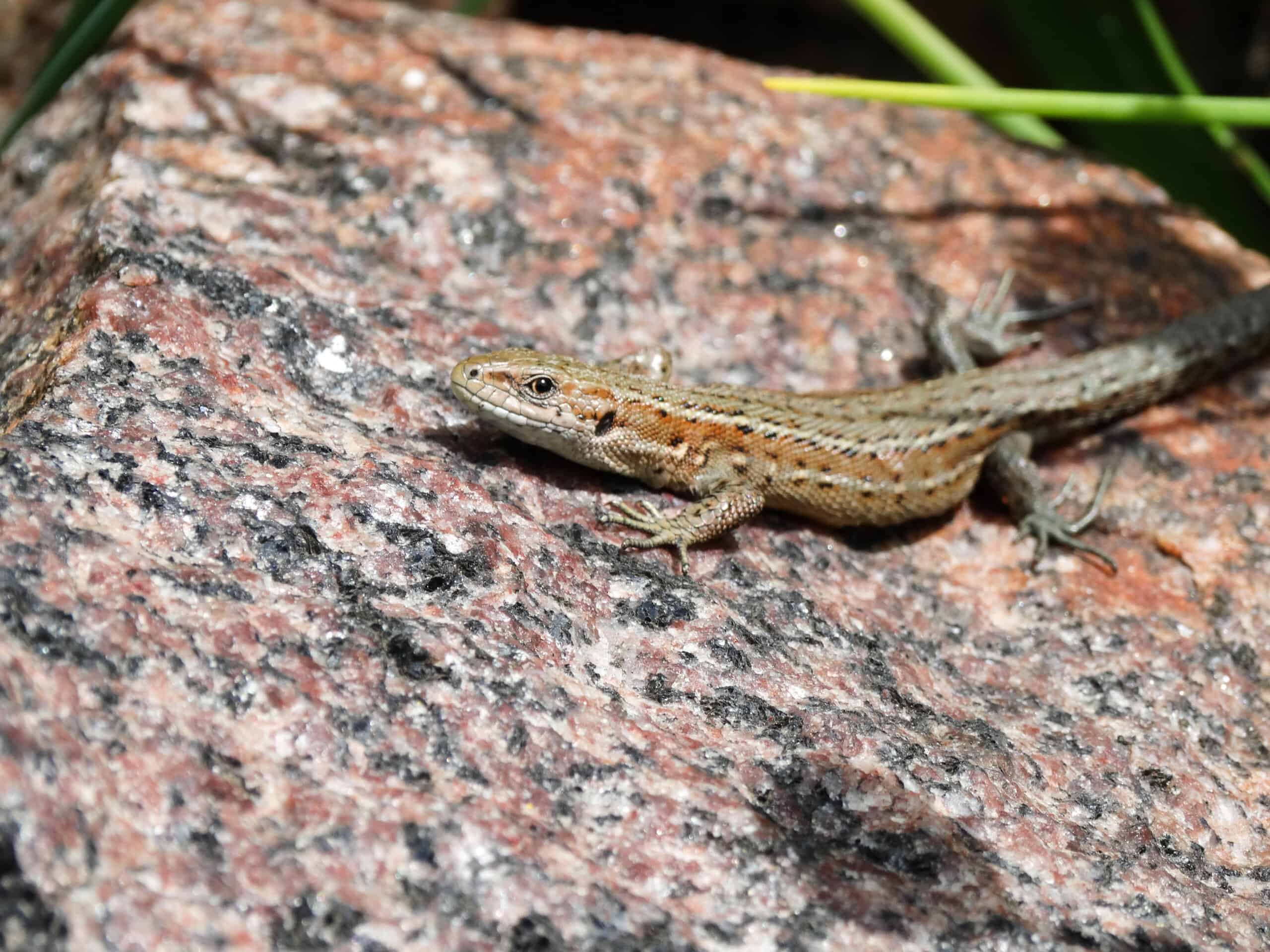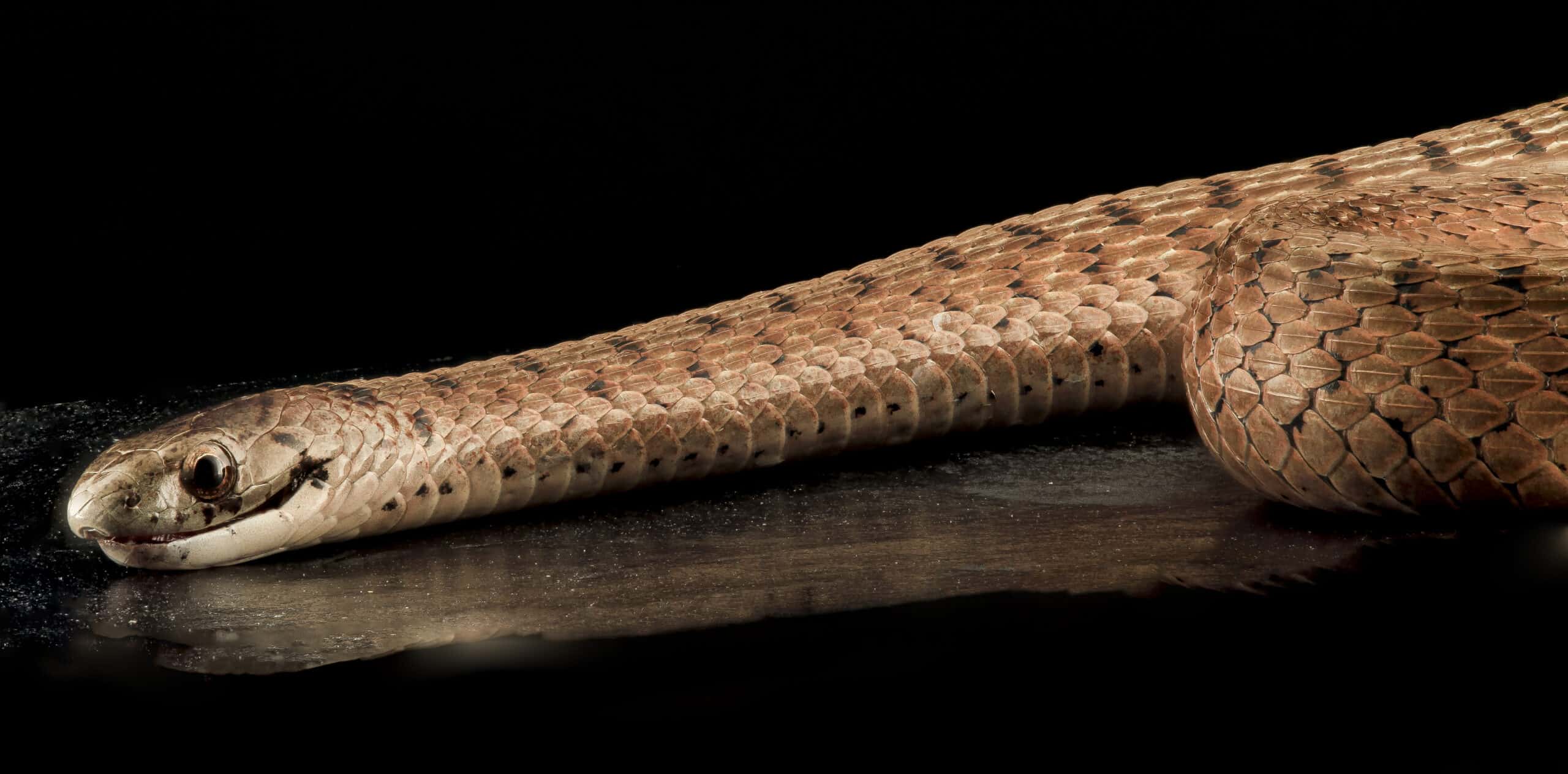Share this article
Watching wildlife during the eclipse
Researchers are exploring how wildlife respond to the daytime darkness
As enthusiasts prepare for Monday’s solar eclipse across a swath of North America, some scientists will be paying less attention to the movements of the sun and moon and more to the activities of wildlife.
“In 2017, another total solar eclipse crossed the United States from coast to coast, giving scientists a chance to study how animals responded across the path of totality,” Audubon writes. “And this year, more projects are set to add to this growing body of evidence.”
During the 2017 eclipse, observers submitted findings to the “Life Responds” citizen science project in the iNaturalist application. A team from the Cornell Lab or Ornithology—using weather radar data—found daytime birds came to rest as darkness fell. And NASA gathered audio recordings across the eclipse’s path. Efforts like those are expected to return again this year, including a 2024 Life Responds project and a NASA-backed Eclipse Soundscapes Project.
“We have a pretty good idea of what might generally occur,” Brent Pease, an ecologist at Southern Illinois University whose lab is partnering on the Eclipse Soundscapes project, told Audubon. “And here’s an opportunity for us to quantify that.”
Header Image: A solar eclipse takes place in 2021 over Lino Lakes, Minnesota. Credit: Tomruen








